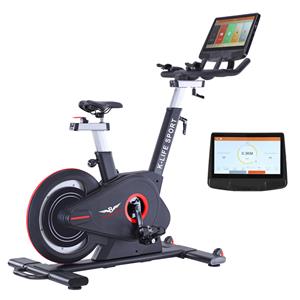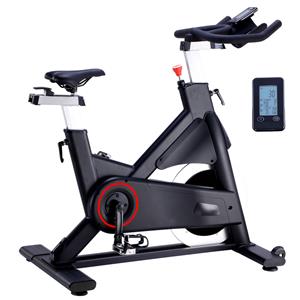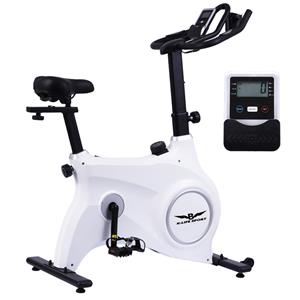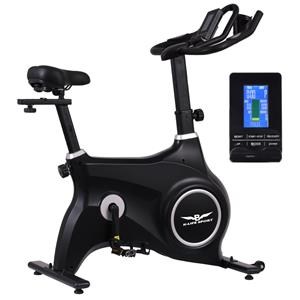HOW TO CHOOSE AN AIR EXERCISE BIKE
Indoor cycling is a huge amount of fun. In modern times, you have a lot of different choices when it comes to types of bikes and, even more so, different specifications within them. A bike that has hugely increased in popularity in recent years is the Air Bike.
Air bikes are very different from your typical spin bikes and exercise bikes. Knowing what to choose can be very complicated. In this article, we’re going to be telling you everything you need to know about when it comes to getting your dream bike. We will be discussing:
What Is An Air Bike?
An air bike is an exercise bike that generates resistance by a large fan. They are often seen in gyms and used for high-intensity interval training. They generally don’t have a resistance dial, and the quicker you pedal, the harder the work is.
You can tell it is an air bike because of its upright riding position, huge fan at the front, and high handles. They typically don’t come with many interactive capabilities but are more of a bike used in circuit training.
6 Factors When Choosing An Air Exercise Bike
There are many factors when it comes to choosing an air bike. Here’s what I feel are the most important factors that you need to think about.
1. Cost
The first point to mention is cost. Most air bikes range from around $250 to $800, a fairly wide range. When it comes to air bikes, you definitely get what you pay for. If you invest good money, you get an excellent bike, go cheap, and get something basic.
I recommend going for a bike for around $500. If not, you need to pay more attention to the next factors to ensure it will work for you and give you a good experience.
2. User Specifications
Next, we have user specifications, and with this, we speak about the weight capacity and height range. It needs to work for you, so it’s always worth checking. Although most have very high limits, some don’t, and that voids the warranty.
A good example is the K-life K292, which says it has a weight limit of 113kg, while the K-life K298 has a capacity of 160kg. That’s a huge difference, and you don’t want to find yourself pushing the tolerance of an air bike.
3. Size
Air bikes are not small, and they are not super lightweight either. It’s good to measure the space you have and also get the measurements of the air bike. I have seen many people surprised at the size of some air bikes once they are home and built.
It’s also good to look out for transport wheels. Not all air bikes have them, and they make the bike so much easier to move around freely. They are a must-have if you use it in a place different from where you store it.
4. Brand
After using many air bikes personally, I have noticed a big difference between well-known branded bikes and lesser-known branded bikes. The well-known brands have an amazing overall quality and are made for commercial use. Compared to the lesser known brands for home use.
5. Fan Size
Then we have fan size. The fan generates the resistance and is the main piece on an air bike, like a flywheel on a spinning bike. A smaller fan will generate less resistance at speed but will be quieter.
A large fan will generate lots of resistance, but it’s much noisier. I think a bigger fan has a much better feel than a smaller fan that spins up quickly. Plus, the breeze of a bigger fan is amazing.
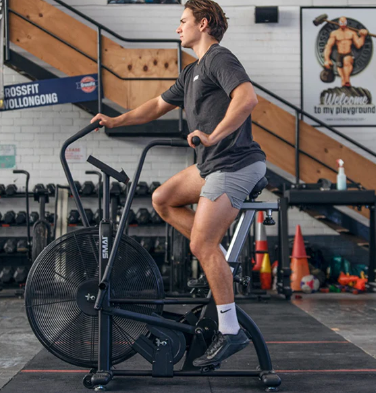
6. Screen
Generally, air bikes don’t come with huge screens. You can get some great LCDs though. Although it might not be your first thought, they add a huge amount to the experience, and knowing the time you are training, the intensity, and the calories makes for way more interesting workouts.
A Final Note
Thanks for taking the time to check out our article on air bikes. When looking for the right one, getting lost in certain areas, such as cost, is easy. Sticking to these factors above can help keep your head straight and also help you tick the correct boxes for the perfect bike for you.

